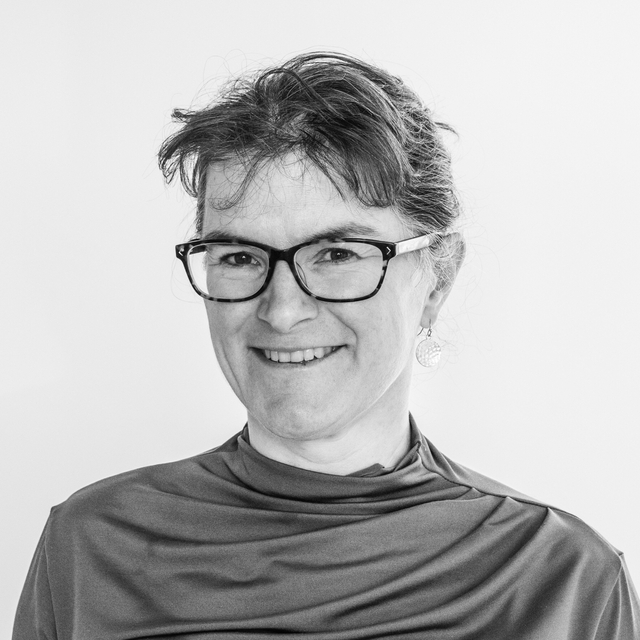Contact info
About
Rosie Fisher a land surface modeler, ecophysiologist, climate scientist, ecologist and biogeochemist. Her primary research tools are land surface models, which are the terrestrial surface components of Earth System Models. She moved to CICERO in November 2021
Land surface models (LSMs) are tools for helping society to predict how processes in multiple interconnecting domains (plant physiology, hydrology, soil biogeochemistry, snow science, land-atmosphere exchange, fire science, ecology, and crops) interact to mediate 1) the impact of climate change on the terrestrial surface of the earth. and 2) the feedbacks (biogeochemical and biogeophysical) they exert on the rest of the climate system.
As a result of the many different questions that are asked of modern land surface models, they are highly complex abstractions of many hundreds of different physical and biological processes. Rosie's work spans many of these different elements of LSMs, as well as focusing on strategies for managing the complexity of the whole system to facilitate better usage and comprehension of the robustness of model predictions.
Rosie is heavily involved in the Community Land Model, (CLM), which is the land surface mode of both the Community and Norwegian Earth System Models. She is currently the external co-chair of the CESM land model working group, and is a co-leader of the Functionally Assembled Terrestrial Ecosystem Simulator (FATES)
Prior to coming to CICERO, she worked as a staff scientist at the National Center for Atmospheric Research (NCAR), in Boulder, Colorado, for a decade, as well as holding research positions at the University of Sheffield (UK),Los Alamos National Lab (New Mexico, USA), CERFACS and the Université Paul Sabatier in Toulouse (France). Rosie obtained her PhD in 2005 from the University of Edinburgh on the impact of drought on tropical forests, where she also obtained an MRes. She has BA from the University of Oxford, in Biological Sciences (2000) and grew up in Northumberland, in NE England.
